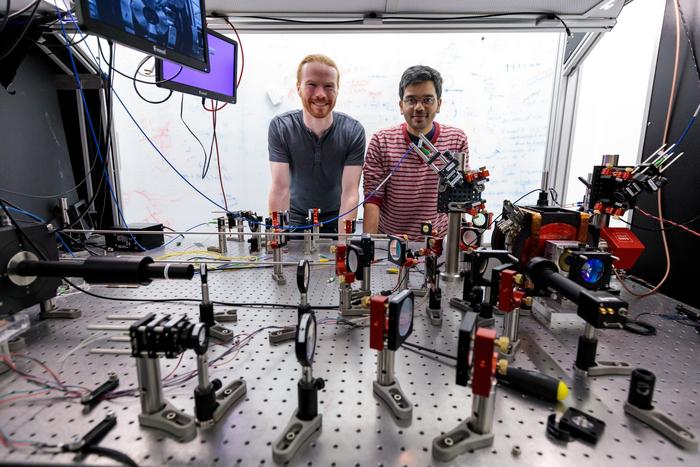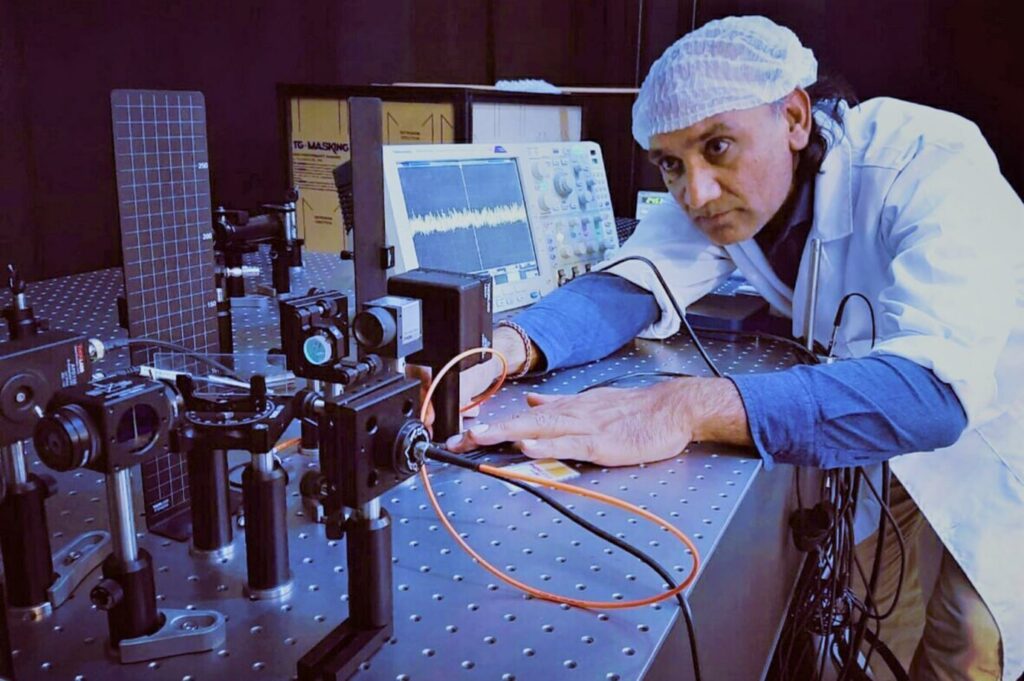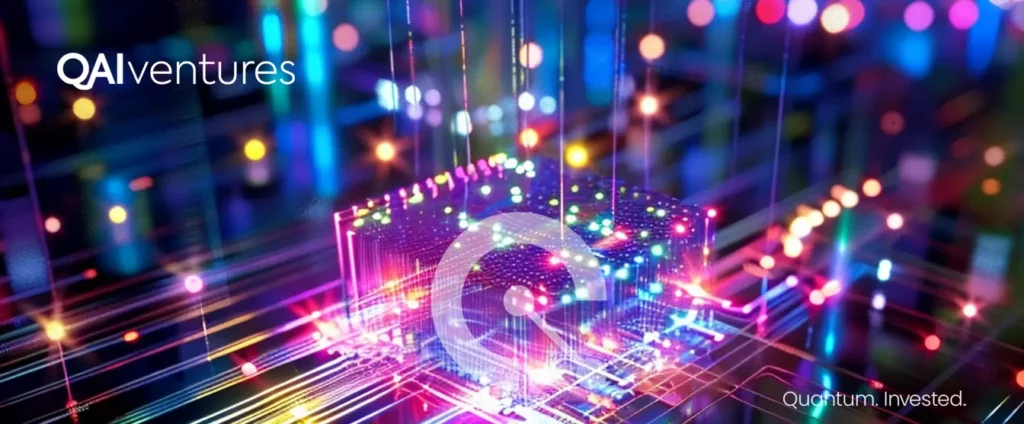Guest Post
By Brian Siegelwax
If you’re training the next generation of quantum researchers, Oqtant is an exciting new tool for your classroom. This quantum matter generator is absolutely unique, in that you won’t find another one online, let alone freely available. The opportunity for each of your students to run up to 10 free jobs daily (upgradable) means that Oqtant lowers the barrier to entry for all your students, as long as they have Internet access.
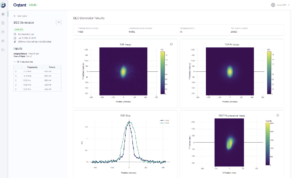
Creation
Your students will be able to suspend an ensemble of optomagnetically-cooled atoms within an ultrahigh vacuum chamber. As they cool, a fraction of these atoms will condense and begin to occupy the same quantum state. This quantum matter, called a Bose-Einstein condensate (BEC), can be thought of as a giant atom, or superatom. It is macroscopic in size, it is represented by a single wavefunction, and it behaves as one entity.

Control
Your students won’t have just one “generate” button to click. Instead, they will be able to set the parameters that govern the cooling of the atoms. By observing these parameters’ effects, your students will learn to adjust the fraction of the atoms that condense into quantum matter.
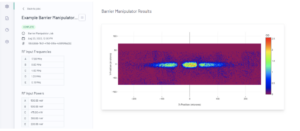
Interference
Your students, with their newfound mastery of quantum matter generation, will be able to manipulate the potential energy landscape inside the vacuum chamber. One of the dynamics they’ll be able to explore is splitting the condensate, which will enable them to look for the resultant interference phenomena as the split clouds are brought back together. This demonstrates wave-particle duality.
Observation
Instead of splitting the condensate, another dynamic your students will be able to explore is its compression. Your students will be able to sweep the atoms from one side of the vacuum chamber over to the other side of the vacuum chamber. Your students will then be able to release this compressed cloud and observe the collective behaviors of the atoms. Depending on how quickly your students sweep the atoms, they may even create sound or shock waves, or even quantum vortices, in the condensate. If they do that, they will be able to probe the collective properties of an unusual quantum fluid, called a superfluid.
Exploration
Your students will not be limited to maximizing BEC generation and manipulating the barrier. One of the parameters they will be able to set is called time-of-flight imaging. This parameter will enable your students to select when to acquire a snapshot image of the atomic cloud after its release from the trap. This image reveals the quantum properties of the cloud, reflecting the macroscopic quantum state occupied by the condensed atoms. By serially adjusting this parameter, your students will be able to observe the atoms at different times throughout the process. They will be able to observe phase transitions and the evolution of quantum matter.
Hypotheses
Your students, as they gain familiarity with the behaviors of quantum matter, will be able to develop their own hypotheses. They will be able to use the quantum matter generator and the barrier manipulator to test these hypotheses.
No-Code or Python
Oqtant is intended to be accessible to all levels of students. The web application enables the creation and manipulation of quantum matter using a simple no-code interface. For those skilled in Python or learning Python, the Oqtant Python API (OqtAPI) enables data analysis. Example Jupyter notebooks are provided.
Again, all you need to get your students generating quantum matter is Internet access. Optional team accounts are available for sharing quotas. And depending on your time zone, jobs might execute in near-real-time. If there are no jobs in the queue, for example, the first job should execute in about a minute.
For more information, please read “Oqtant Web Application Guide” and About Oqtant API (OqtAPI).
Image: “USS Enterprise star ship filming model -Star Trek – The Next Generation – Star Trek: Exploring New Worlds Exhibit at the Henry Ford Museum, Dearborn, Michigan” by Corvair Owner is licensed under CC BY-SA 2.0. All others: Infleqtion
If you found this article to be informative, you can explore more current quantum news here, exclusives, interviews, and podcasts.


















